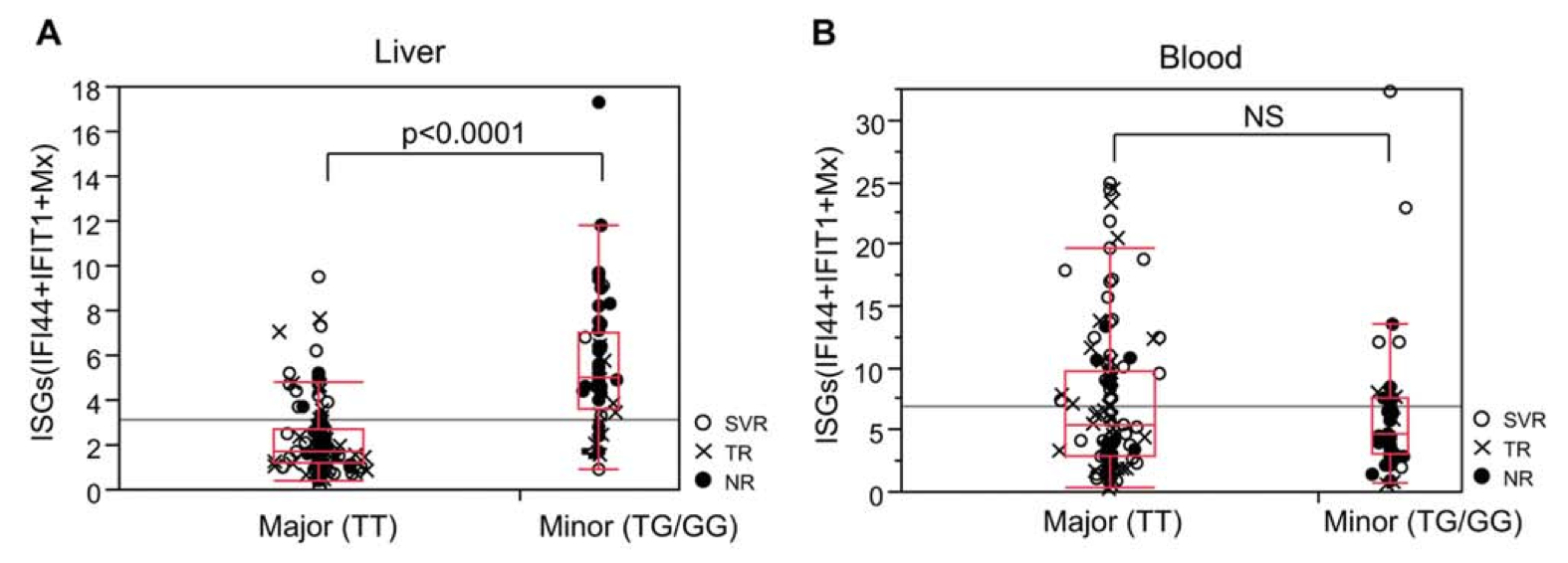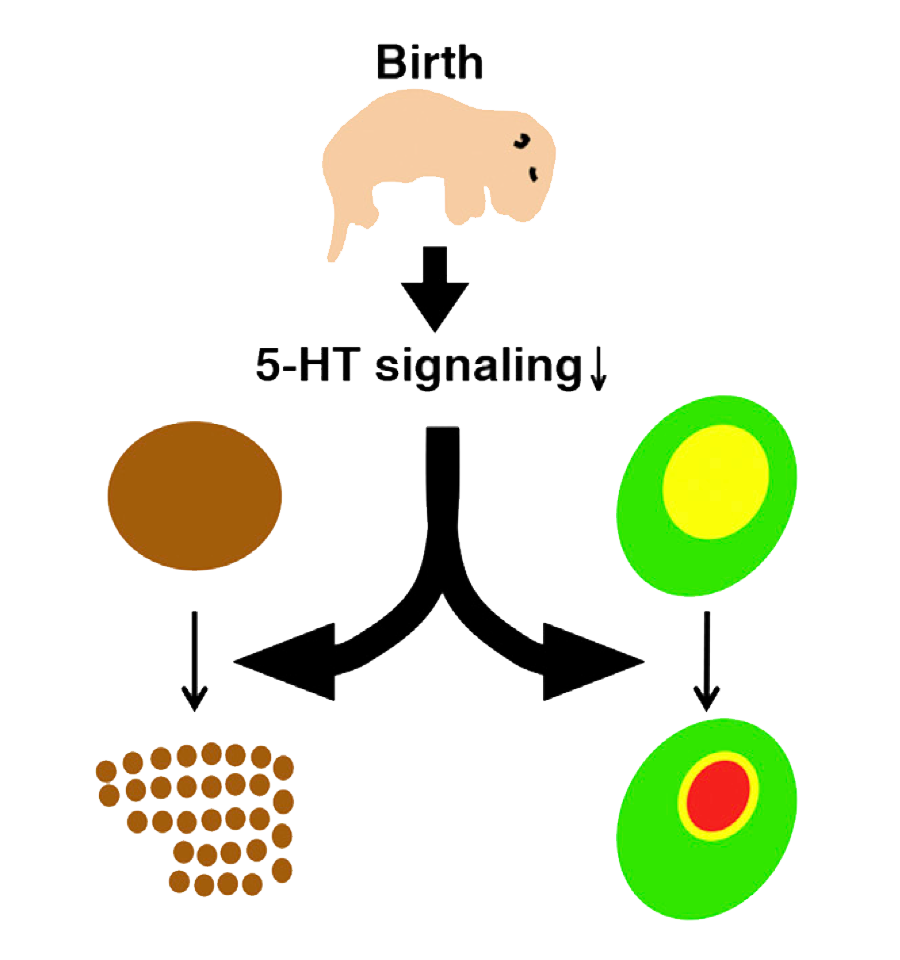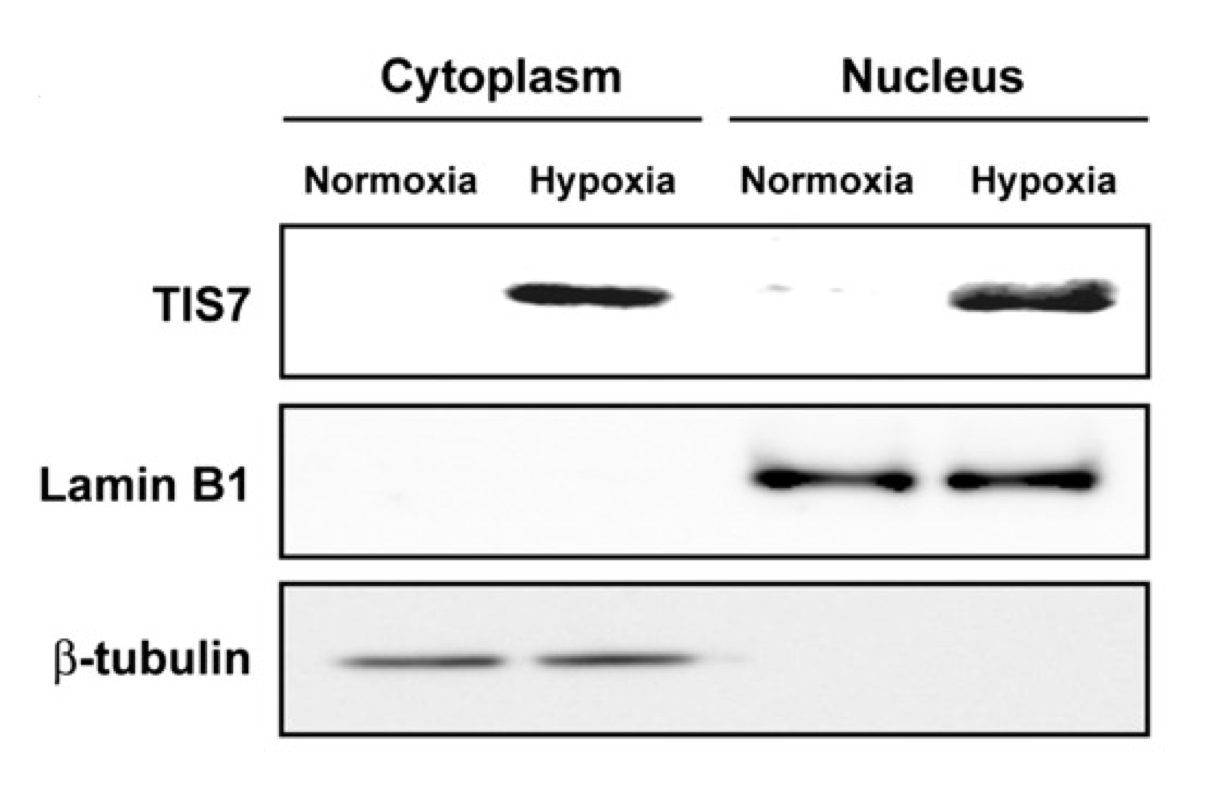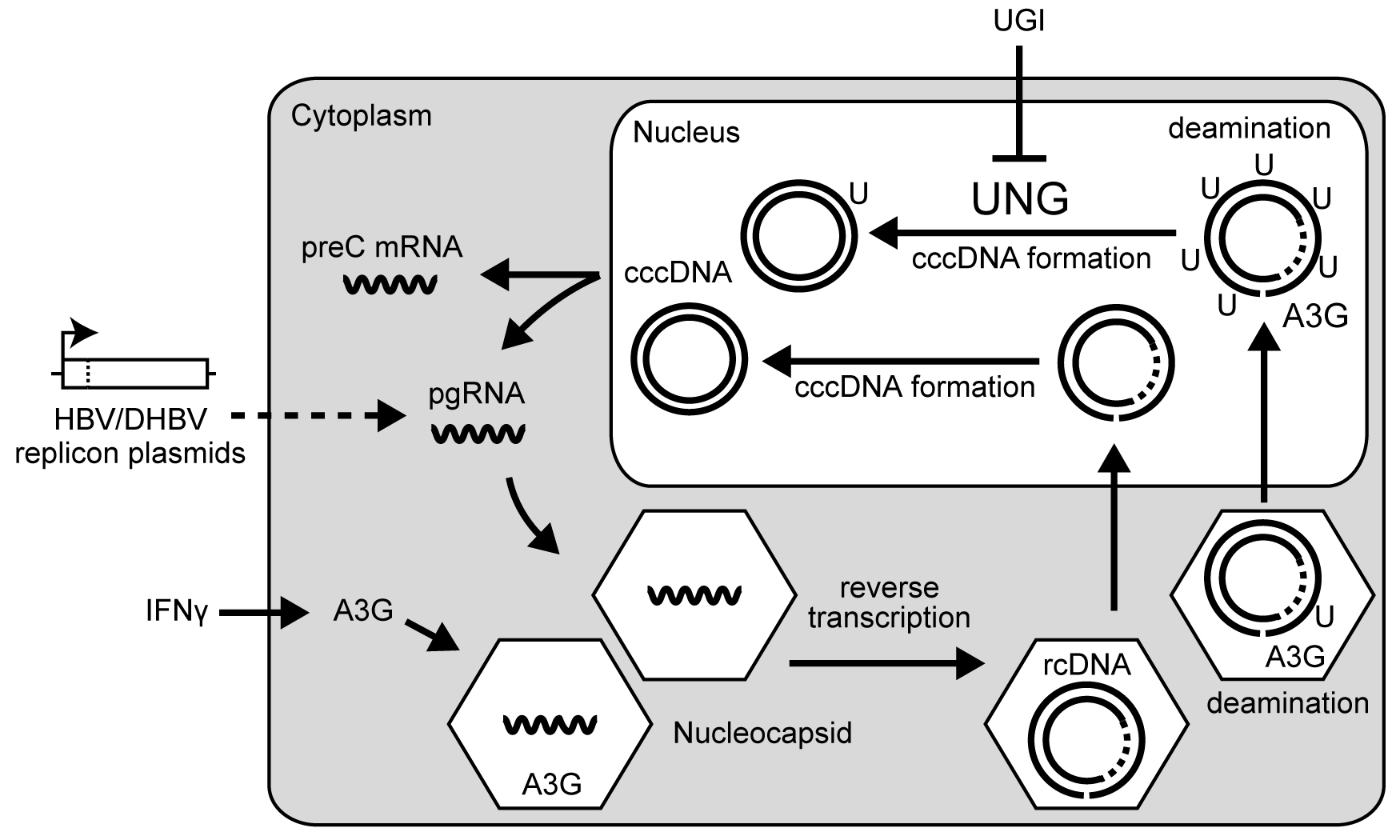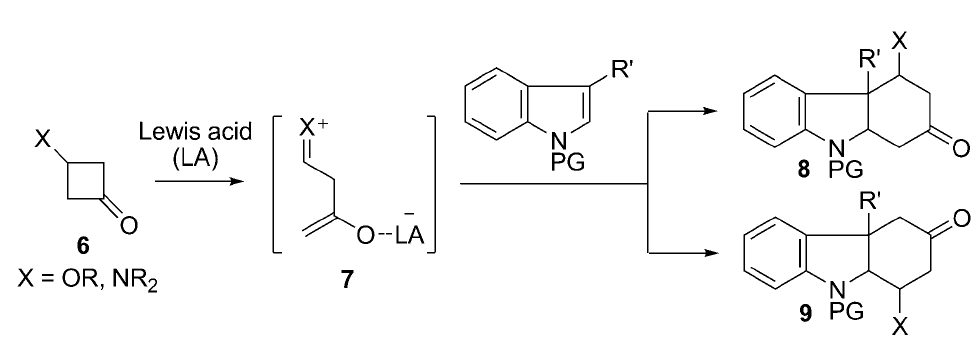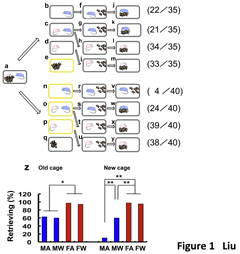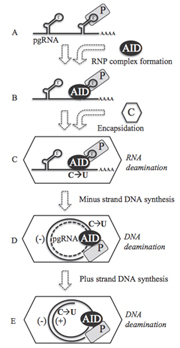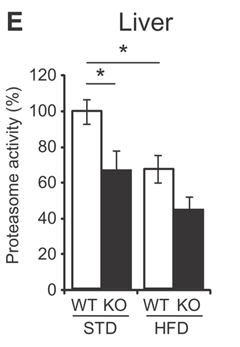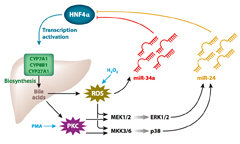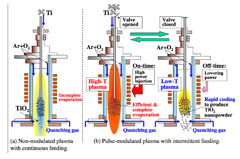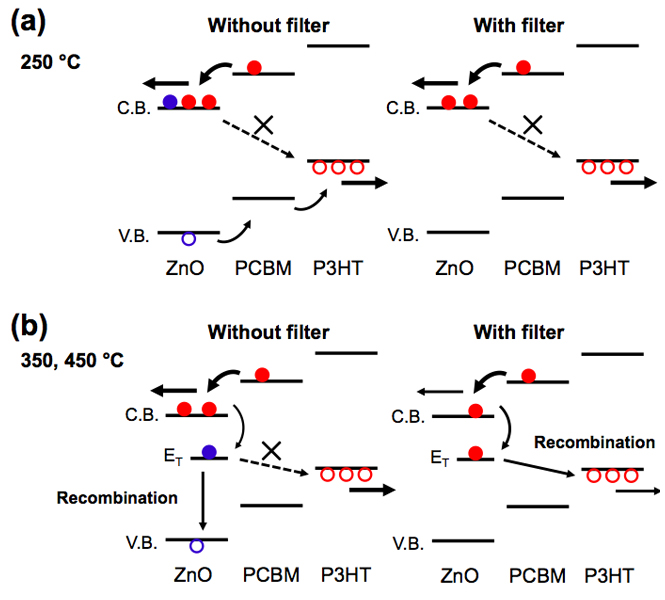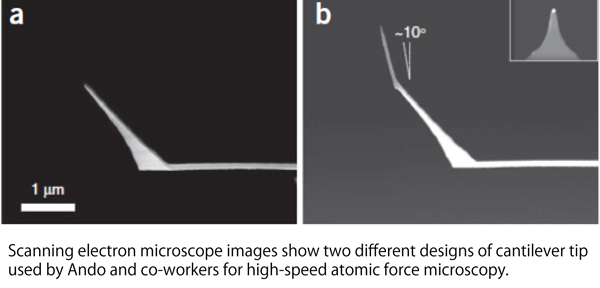- Home
- Highlights
Highlights
Broadening the scope for synthesising optically active compounds
Chiral compounds are increasingly important in chemical manufacturing. Yutaka Ukaji and colleagues at Kanazawa University have now developed a method for desymmetrising compounds to produce new chiral molecules.
Predicting hepatitis C treatment success
Levels of interferon-stimulated genes in the liver and blood could help predict if a patient with hepatitis C will respond to conventional therapy, researchers at Kanazawa University suggest.
Cerebral sensory development: genetic programming versus environmental stimuli
The part of the brain associated with the sense of touch has attracted numerous studies aimed at determining the influence of extrinsic environmental and intrinsic genetic factors in sensory development.
Positioning message board surrogacy in Thai society
“Surrogacy has been the most contentious use of assisted reproductive technologies,” explain Yuri Hibino and Yosuke Shimazono. In a recent report they study the personal profiles and motivations behind the ‘message board surrogacy’ observed in Thailand, where potential surrogates and infertile couples connect through online forums.
Feast to famine: Oxygen starvation regulates fat cells in obesity
Researchers at Kanazawa University have identified the role of the protein TIS7 in processes that regulate adipogenesis, whereby non-specialised cells become adipose or fat cells.
Chemical synthesis: A simple technique for highly functionalized compounds
Now researchers at Kanazawa University have demonstrated a technique that allows direct functionalization of alkenes without the need for metallic reagents, photolysis or extreme reaction conditions.
Hepatitis B virus control: identifying proteins in mutation management
Now researchers at Kanazawa University Graduate School of Medical Science in Japan have determined how APOBEC proteins mediate hypermutations that inhibit viral replication.
A better route to hydrocarbazoles
A new chemical process developed by researchers at Kanazawa University provides an efficient way of synthesizing divese organic compounds.
Uncovering maternal to paternal communications in mice
Researchers at Japan’s Kanazawa University have proven the existence of communicative signalling from female mice that induces male parental behavior.
AID for acquired immunity: understanding antibody memory
A collaboration of researchers at Kyoto University and Kanazawa University in Japan, have confirmed the activity of an enzyme called activation-induced cytidine deaminase (AID) that may provide the missing link.
Obesity-induced diabetes linked to enzyme deficiencies
New research led by scientists at Kanazawa University shows how insulin resistance and endoplasmic reticulum (ER) stress is triggered in the liver of obese people.
Toxic responses: a big role for micro RNAs
Now Tsuyoshi Yokoi and Miki Nakajima at Kanazawa University in Japan provide an overview of the current knowledge of miRNAs, how they can be harnessed for use as indicators of biological conditions and their role in treatments.
Severe asthma linked to gender, obesity and aspirin intolerance
Clinical factors such as gender and obesity may lead to the development of difficult-to-treat asthma, according to researchers at Japan’s Kanazawa University. There are a number of clinically distinct forms of asthma which can be split into two main groups – atopic asthma, triggered by allergies such as hayfever, and non-atopic asthma which is not caused by a definite allergy.
New synthesis method produces nanoparticles in high quantities
TiO2 nanoparticles are in increasingly high demand for a range of applications, including photocatalysts, photonic crystals, photovoltaic cells, gas sensors, fuel cells, pigments and cosmetics. Now researchers in Japan have demonstrated a new method for synthesis of TiO2 nanoparticles in large amounts.
Organic solar cell fabrication: Keeping it cool for best results
Takayuki Kuwabara and colleagues at Kanazawa University and the Japan Science and Technology Agency have now demonstrated that in simulated sunlight with UV omitted, photoconductivity is actually decreased when zinc oxide (ZnO) crystalline quality is improved.
The guide to biomolecular movie-making
Toshio Ando and co-workers at Kanazawa University have developed and used HS-AFM to increase our understanding of several protein systems through microscopic movies of unprecedented spatial and temporal resolution.

